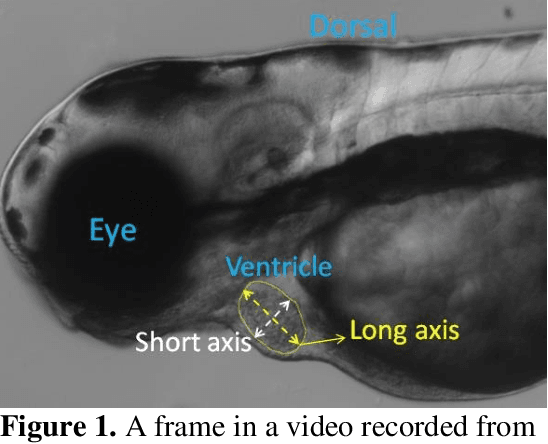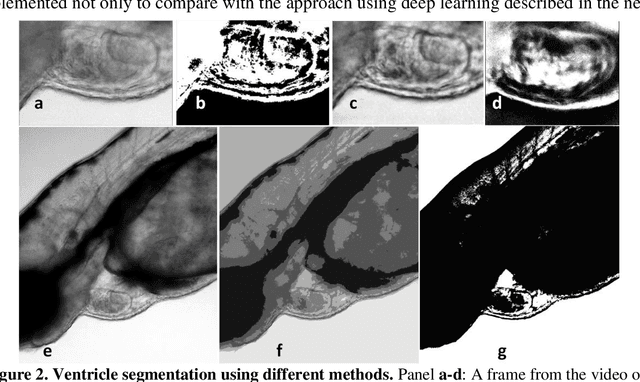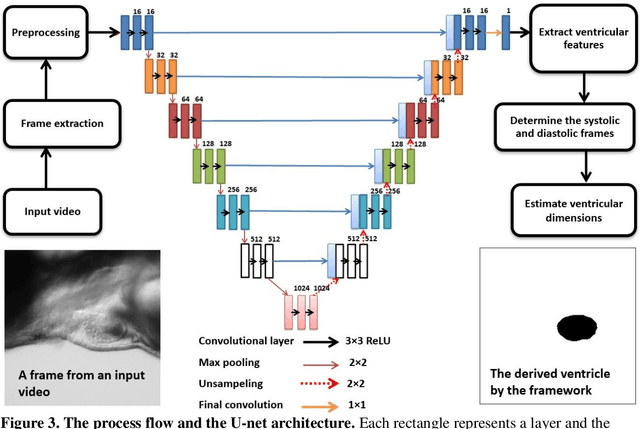Michael P. H. Lau
A Novel ECG Denoising Scheme Using the Ensemble Kalman Filter
Jul 24, 2022



Abstract:Monitoring of electrocardiogram (ECG) provides vital information as well as any cardiovascular anomalies. Recent advances in the technology of wearable electronics have enabled compact devices to acquire personal physiological signals in the home setting; however, signals are usually contaminated with high level noise. Thus, an efficient ECG filtering scheme is a dire need. In this paper, a novel method using Ensemble Kalman Filter (EnKF) is developed for denoising ECG signals. We also intensively explore various filtering algorithms, including Savitzky-Golay (SG) filter, Ensemble Empirical mode decomposition (EEMD), Normalized Least-Mean-Square (NLMS), Recursive least squares (RLS) filter, Total variation denoising (TVD), Wavelet and extended Kalman filter (EKF) for comparison. Data from the MIT-BIH Noise Stress Test database were used. The proposed methodology shows the average signal to noise ratio (SNR) of 10.96, the Percentage Root Difference of 150.45, and the correlation coefficient of 0.959 from the modified MIT-BIH database with added motion artifacts.
Deep learning-based framework for cardiac function assessment in embryonic zebrafish from heart beating videos
Feb 24, 2021



Abstract:Zebrafish is a powerful and widely-used model system for a host of biological investigations including cardiovascular studies and genetic screening. Zebrafish are readily assessable during developmental stages; however, the current methods for quantification and monitoring of cardiac functions mostly involve tedious manual work and inconsistent estimations. In this paper, we developed and validated a Zebrafish Automatic Cardiovascular Assessment Framework (ZACAF) based on a U-net deep learning model for automated assessment of cardiovascular indices, such as ejection fraction (EF) and fractional shortening (FS) from microscopic videos of wildtype and cardiomyopathy mutant zebrafish embryos. Our approach yielded favorable performance with accuracy above 90% compared with manual processing. We used only black and white regular microscopic recordings with frame rates of 5-20 frames per second (fps); thus, the framework could be widely applicable with any laboratory resources and infrastructure. Most importantly, the automatic feature holds promise to enable efficient, consistent and reliable processing and analysis capacity for large amounts of videos, which can be generated by diverse collaborating teams.
 Add to Chrome
Add to Chrome Add to Firefox
Add to Firefox Add to Edge
Add to Edge